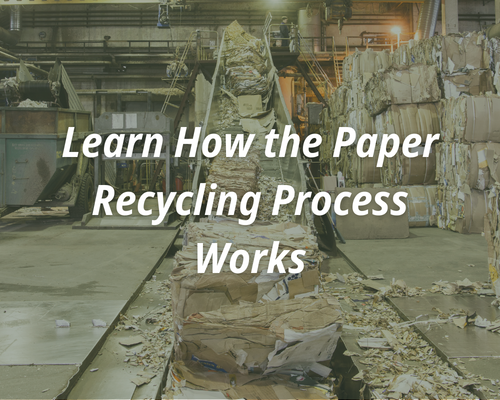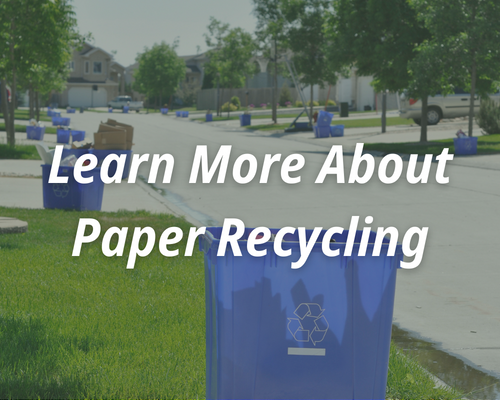Is Cardboard Recyclable?
Is Cardboard Recyclable?
The answer is a resounding yes! Cardboard is one of the easiest and most common materials to recycle.
Cardboard is made from paper fibers. It can be broken down and made into new paper products, including cereal, pizza and shipping boxes as well as toilet paper.
Where Can I Recycle Cardboard?
Cardboard is widely accepted for recycling in curbside and drop-off programs.
94% of Americans have access to community paper and paperboard recycling programs that accept cardboard boxes. This includes both residential-curbside and drop-off.
It is important to check your community’s recycling guidance to determine where cardboard can be recycled.
How Do I Recycle Cardboard Boxes?

Start by emptying cardboard boxes of any packing materials or trash. It’s fine to keep tape or shipping labels on the box. These are removed during the recycling process.
Next, break down and flatten your cardboard box. This helps save space in the recycling bin and keeps cardboard clean and dry.
If it doesn’t fit inside the bin, keep cardboard folded, clean, and dry until recycling day.
Recycling cardboard correctly helps make sure the quality of recycled fibers is high and goes on to its best use – new products.
What if Cardboard Gets Wet?
Paper fibers break down when they’re wet, so it’s important to keep your cardboard dry.
If possible, break it down and place the cardboard in the bin. Cardboard that gets wet on collection day is fine.
And remember to check local recycling guidance to determine how cardboard should be prepared for recycling.



